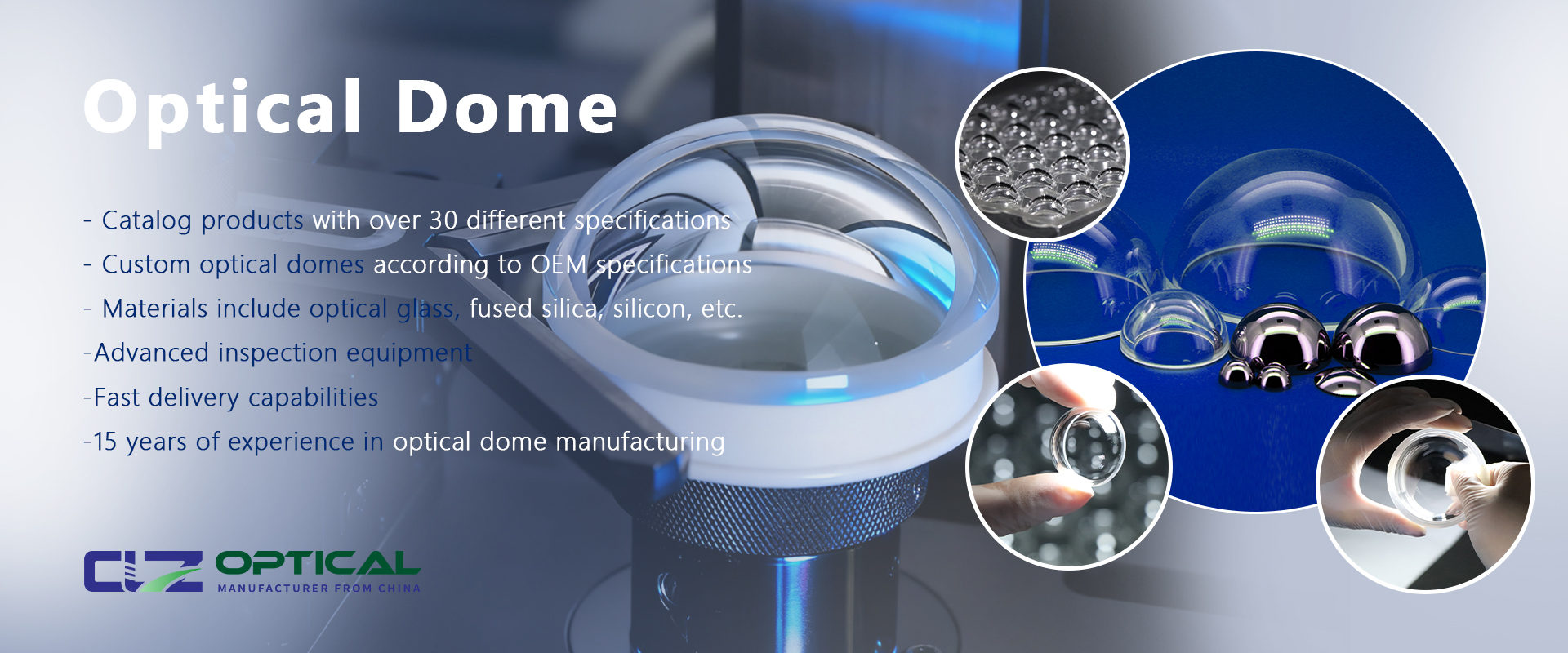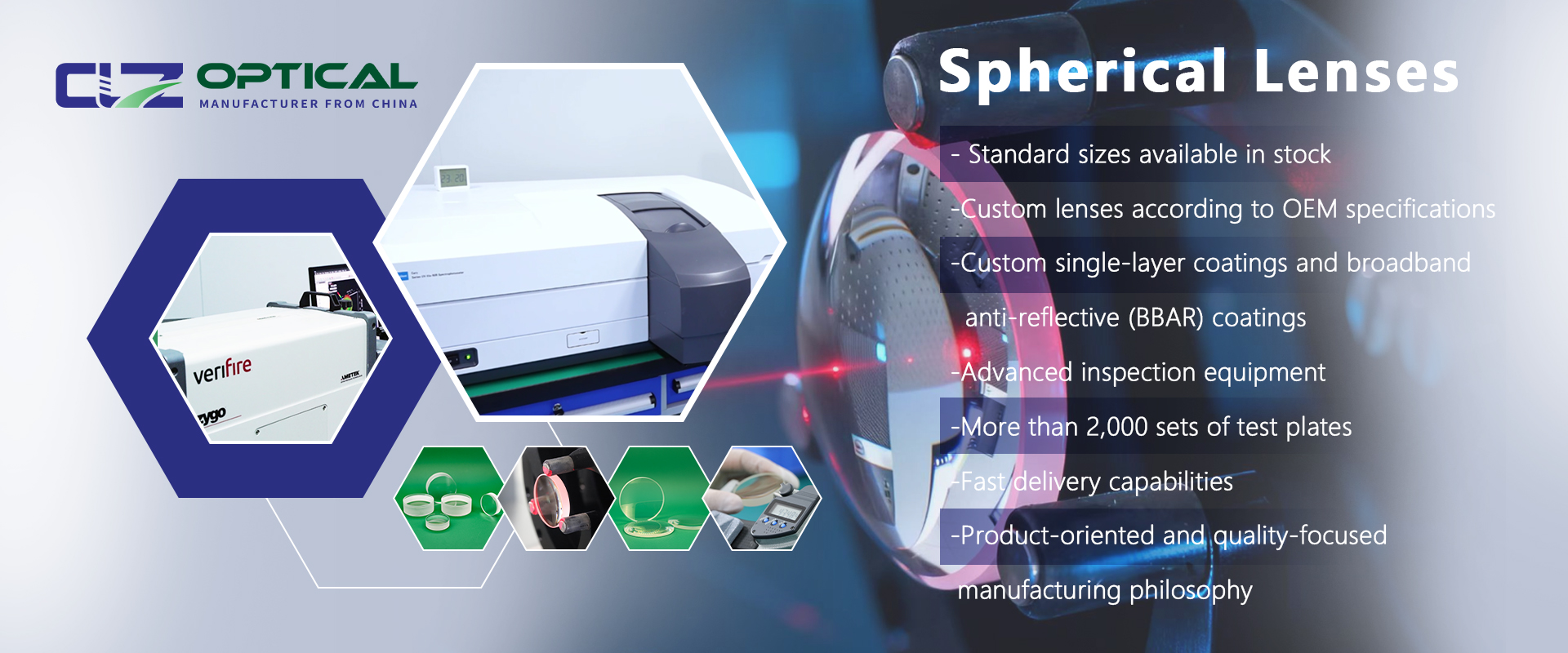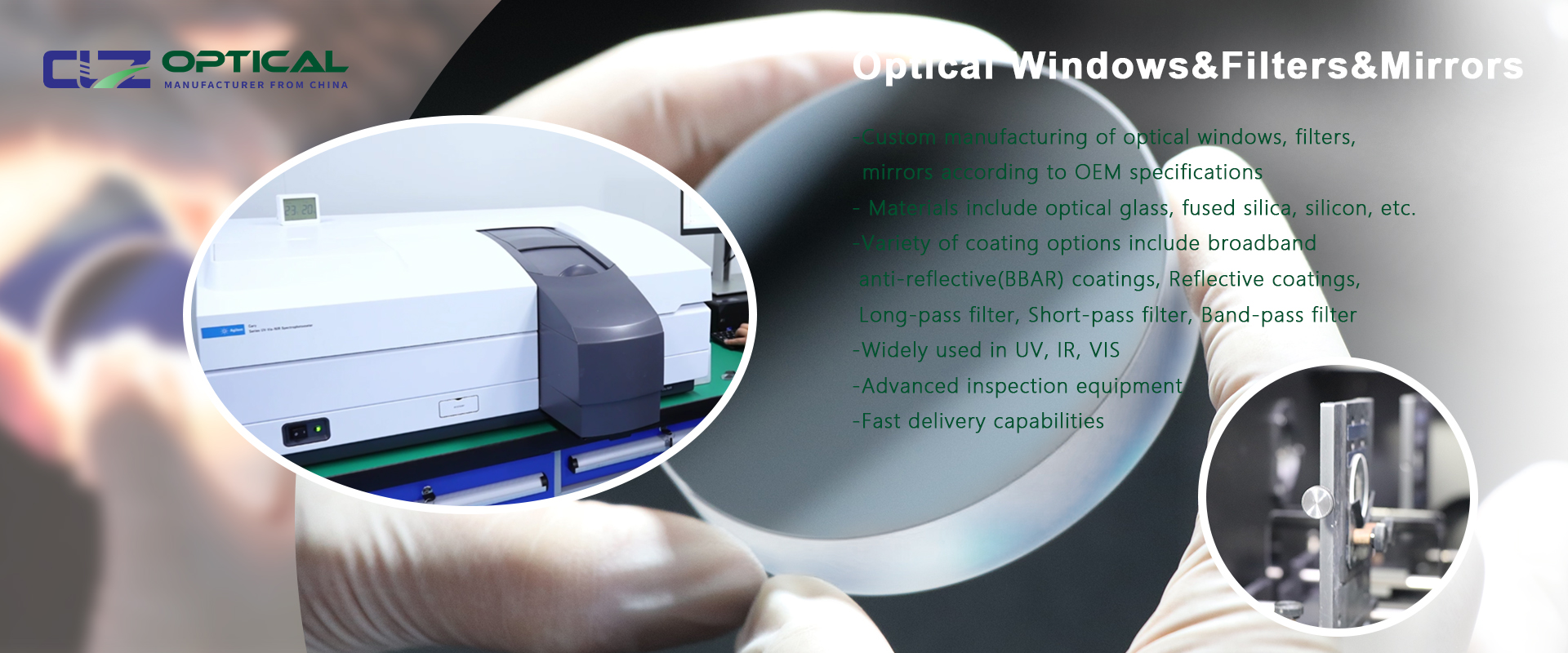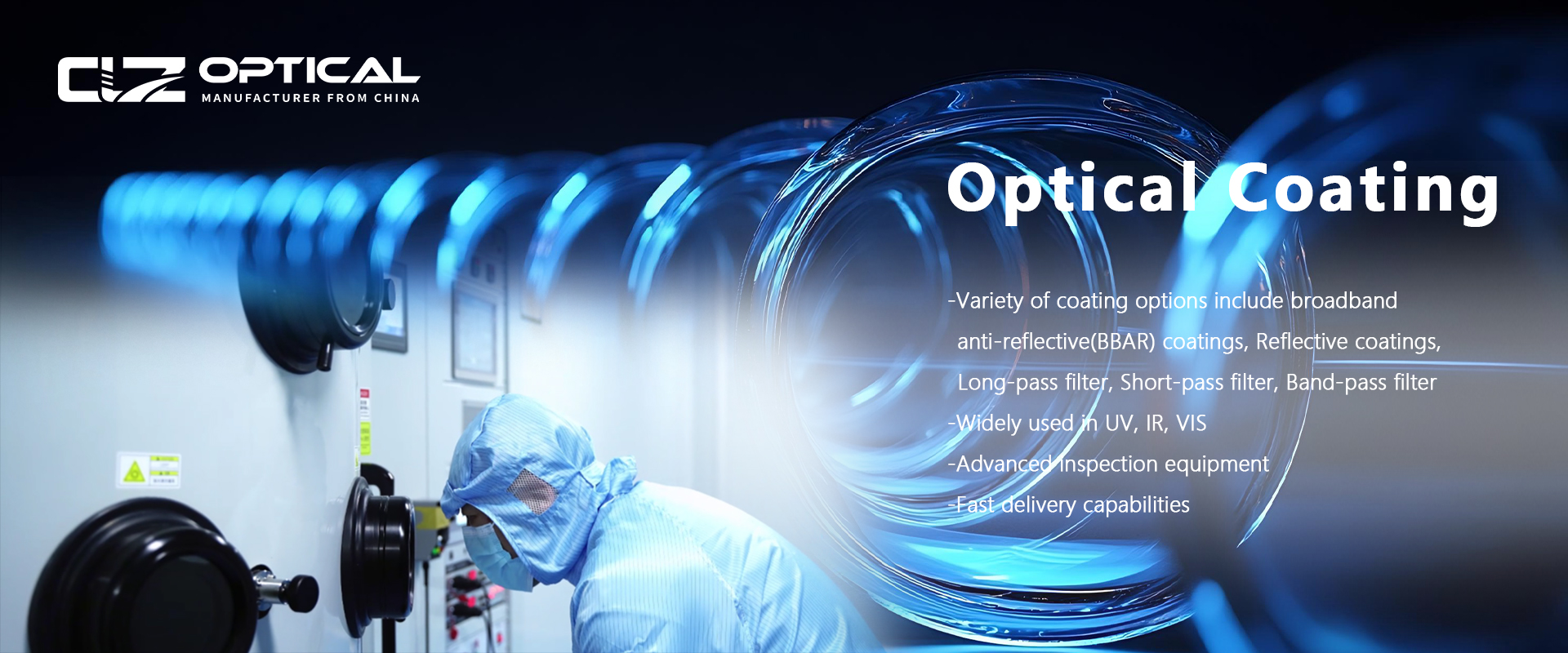Advantages of Anti-Reflective Coated Optical Windows
Jul. 01, 2025
Anti-reflective coatings play a pivotal role in modern optical window applications. This technology significantly enhances the overall efficiency and functional reliability of various optical devices by effectively suppressing light reflection and improving light transmission performance.
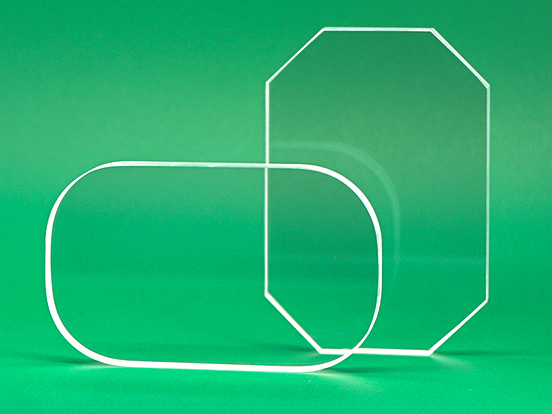
1. Coating Principles and Structural Design
1.1 Basic Structure and Material Selection
The realization of anti-reflective coatings relies on the precise stacking of multiple thin films, typically involving the alternating deposition of materials with differing refractive indices to achieve targeted reflection suppression within specific wavelength bands. The selection of coating materials is critical. Substances with low refractive indices, such as magnesium fluoride and silicon dioxide, are widely employed due to their excellent properties, enabling effective compatibility with the characteristics of diverse optical substrate materials.
1.2 Optical Mechanism
The optical performance of the coating is based on the principle of interference cancellation. By precisely controlling the phase difference between incident and reflected light, the surface reflection effect is effectively diminished. Simultaneously, through meticulous adjustment of the film thickness and combination parameters, these coatings possess broad-spectrum compatibility, capable of meeting extensive optical requirements spanning from ultraviolet to infrared wavelengths.
2. Core Performance Advantages
2.1 Optimization of Light Transmission Efficiency
Anti-reflective coatings minimize reflection loss at the window surface, significantly improving the effective utilization of incident light and preventing unnecessary energy wastage. Their superior performance allows adaptation to various environments and complex lighting conditions, including high-precision imaging systems, ensuring stable operation of the optical window.
2.2 Enhancement of Anti-Interference Capability
These coatings effectively suppress stray light interference, reducing the adverse impact of internal reflections and ambient background light on the target signal, thereby substantially enhancing the system's signal-to-noise ratio. Furthermore, certain coating designs incorporate wear and corrosion resistance properties, providing additional comprehensive protection for the optical window and effectively extending its service life.
2.3 Improvement in Imaging Quality
By eliminating halo and glare phenomena, anti-reflective coatings markedly enhance imaging contrast and detail reproduction capability, providing robust support for high-precision observation. Their broad-band compatibility allows adaptation to multi-wavelength light sources, avoiding potential spectral distortion issues caused by limitations in the coating's spectral selectivity.
3. Practical Application Fields
3.1 Medical Diagnostic Equipment
In medical devices such as endoscopes and microscopic imaging systems, anti-reflective coatings enhance the clarity of lesion observation, providing technical support for accurate medical diagnosis. When applied to laser therapy devices, the coating effectively reduces the impact of harmful reflected light on the operating environment, ensuring the safety of the treatment process.
3.2 Industrial Inspection Technologies
Within machine vision systems, anti-reflective coatings optimize defect recognition accuracy under complex lighting conditions, improving industrial quality control efficiency. For spectroscopic analysis instruments, the coating ensures stable transmission of multi-band signals, supporting high-precision material composition analysis.
3.3 Consumer Electronics Sector
Following the application of anti-reflective coatings to smart device lenses, the brightness performance and color reproduction of displays are enhanced, improving user experience. Security surveillance equipment benefits from these coatings, enabling the retention of clear image details in challenging scenarios like strong light or backlighting, significantly boosting the reliability of monitoring systems.
4. Conclusion
Anti-reflective coatings hold critical value in enhancing optical window performance and expanding their application scenarios. Their development stems from continuous technological innovation and is also driven by growing market demand.












